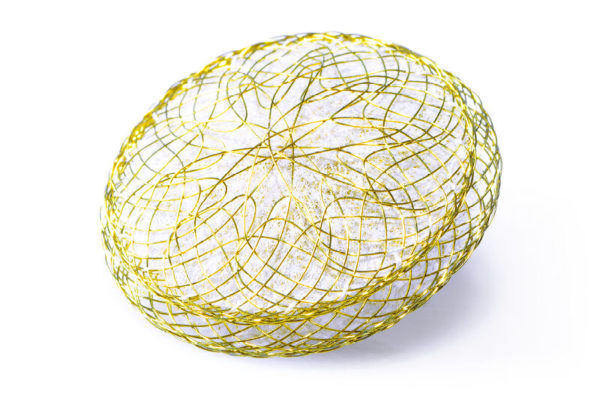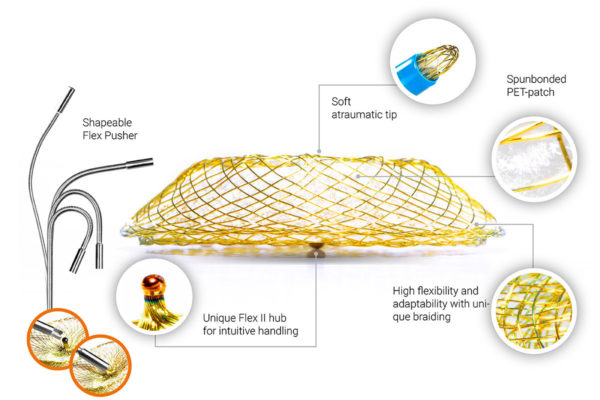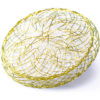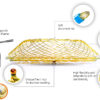Phone:
(+212)6814-6992
Physical address:
Cardioplus, Green street, Casablanca, Morocco.





Our innovative Occlutech ASD Occluder stands out due to its unique braiding technology, offering a device with distinct behavior and appearance compared to other self-centering nitinol occluders
Key features :
Advanced Delivery System
The Occlutech ASD Occluder features an advanced delivery system designed to ensure precise placement with minimal drag or undesirable traction. This system includes:
Clinical Studies
The Occlutech ASD Occluder has been part of the largest ASD trial ever published, demonstrating:
The IRFACODE trial highlighted that our occluder should be the first choice for ASD closure due to extremely low rates of embolization, AV blocks, erosion, and zero reported deaths.
Atrial Septal Defect (ASD) is a common congenital heart defect characterized by a hole in the septum between the heart’s two upper chambers (atria). This condition allows blood to flow from the left atrium to the right atrium, which can lead to complications if left untreated. ASD is detected in approximately 1 in 1500 births and accounts for 30% to 40% of congenital heart diseases observed in adults. Often, it remains undiagnosed until adulthood.
Types of ASD